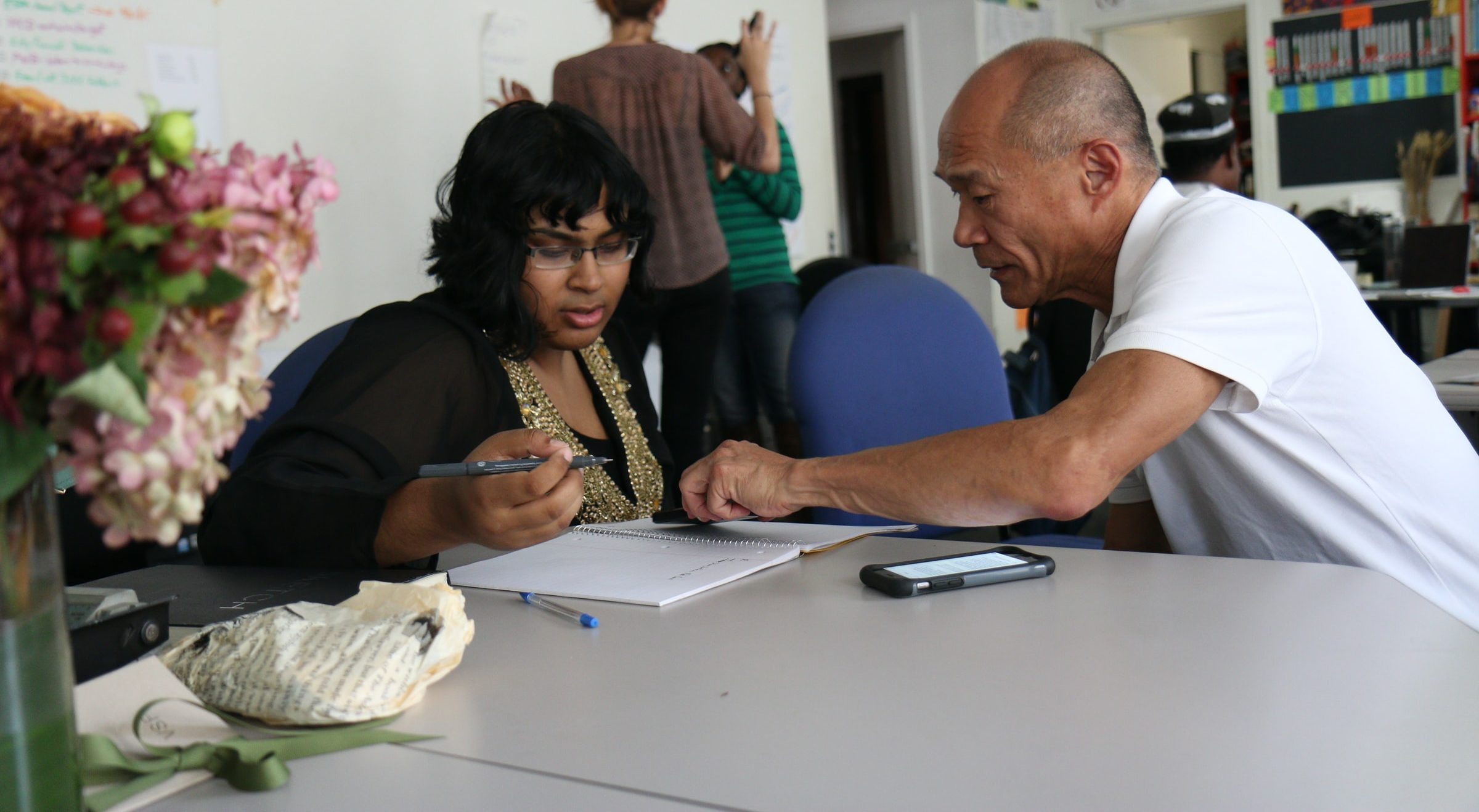
State Administering Agencies Are Key for Localities Seeking Better Justice and Behavioral Health Outcomes
As local leaders seek funding for programs and initiatives that reduce criminal justice system involvement among people with behavioral health needs, one resource they can tap into is the State Administering Agency (SAA).
Each state and territory, as well as the District of Columbia, has an SAA that oversees statewide criminal justice planning. These agencies are most often a component of the governor’s office, a freestanding entity, or a division of the state department of public safety. Their main functions are to establish a plan for the use of federal grant funds, conduct cross-system strategic planning, analyze crime trends, design and implement programs, award sub-grants to local governments, and evaluate program effectiveness.
Applying for Funding through Your SAA
Communities can look to SAAs to coordinate efforts among local jurisdictions, identify gaps across sectors and systems, and provide the leadership necessary to address those gaps. Every SAA administers the Edward Byrne Memorial Justice Assistance Grant (Byrne JAG) program, the leading source of federal funding for state and local justice systems. With the goals of spurring justice system innovations and preventing and reducing crime, in fiscal year 2020 Byrne JAG was appropriated at $348.8 million. Byrne JAG-funded investments touch nearly every city, town, and county in America.
To begin building a relationship with their state’s SAA, local jurisdictions must identify where it is located within the state government structure and who to contact within that agency. A directory of SAAs and their contact information is available on the National Criminal Justice Association website.
Not every SAA administers the same grant programs. While some states have SAAs oversee all U.S. Department of Justice state formula grants, including Byrne JAG and Victims of Crime Act grants, others may have different agencies handle this funding. Some SAAs administer one or more federal competitive discretionary grants, such as the Comprehensive Opioid, Stimulant, and Substance Abuse Program and the Drug Court Discretionary Grant Programs. Each SAA website lists its various funding streams.
Local leaders should also learn the grant cycle—when their SAA releases solicitations and issues sub-awards. Foundation and private dollars can reach local jurisdictions relatively quickly, but state and federal grants take longer. For example, if Congress appropriates funding in October, that money may not reach a local sub-recipient until the following July.
Using Byrne JAG Funding to Address Behavioral Health Needs
Among other purposes, SAAs invest Byrne JAG funds to strengthen collaboration between the justice system and behavioral health entities and support continuity of care for people leaving prison and jail. In 2016, for example, these funds supported mental health diversion and treatment programs in at least 20 states and diversion and alternatives to incarceration programs in another 13 states. Other Byrne JAG-funded initiatives include public-private partnerships to identify people in need of services; telemedicine programs; assessment, evaluation, treatment, and case management initiatives; jail-based reentry programs; and specialty court programs.
Following are examples of programs that use Byrne JAG funds to support criminal justice-behavioral health initiatives:
- It Takes a Library (ITAL) (Denver, Colorado) is a partnership among Denver Human Services, the Denver Public Library, and the Colorado Mental Wellness Network. Through this collaboration, peer navigators support the library’s social workers in serving customers who may be at risk of entering or reentering the criminal or juvenile justice systems, including as victims. Social workers target these customers for outreach, assessments, and human services referrals based on factors such as income level, homelessness, and mental health. ITAL increases access to mental health and human services and supports the reduction of crime and recidivism using evidence-based peer support practices and library social work models.
- Behavioral Health System Baltimore (Maryland) has a Law Enforcement Assisted Diversion program, which connects participants who have substance use disorders and mental illnesses with intensive treatment. The program helps to decrease criminal justice system involvement and improve relations between law enforcement and community members.
- The Sarpy County Mental Health Program (Nebraska) offers intensive case management to clients with mental health conditions and is modeled after problem-solving courts. The program aims to help clients manage their mental health needs and reduce additional contacts with the criminal justice system.
Visit Financing the Future of Local Initiatives for more information and tools that promote the sustainability of criminal justice-behavioral health efforts.
Photo by Monica Melton on Unsplash
About the Author

 Zero Returns to Homelessness Initiative Launches Nationally, with Pennsylvania Leading the Way
Read More
Zero Returns to Homelessness Initiative Launches Nationally, with Pennsylvania Leading the Way
Read More
 New Hampshire Continues Justice Reinvestment Effort to Improve Conditions for People Who Are High Utilizers of Criminal Justice and Behavioral Health Systems
Read More
New Hampshire Continues Justice Reinvestment Effort to Improve Conditions for People Who Are High Utilizers of Criminal Justice and Behavioral Health Systems
Read More














